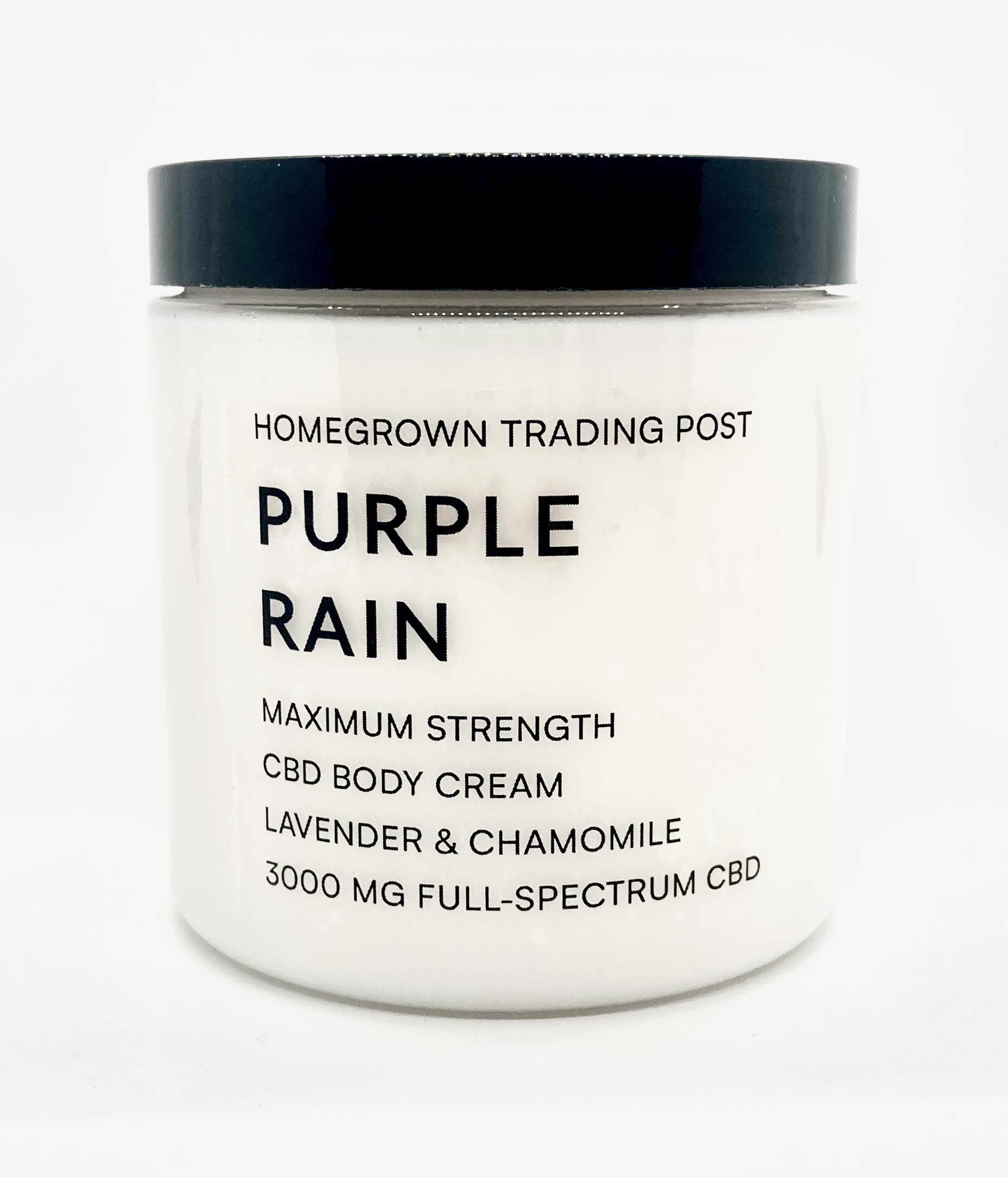Boost Your Relaxation with Serenity CBD Arnica Balm: Embrace Holistic Recovery
Boost Your Relaxation with Serenity CBD Arnica Balm: Embrace Holistic Recovery
Blog Article
Discover the Science Behind CBD Pain Lotion and Its Therapeutic Impacts
As the demand for all-natural pain alleviation alternatives remains to rise, the clinical area has transformed its focus to the restorative effects of CBD pain lotion. Understanding the complex devices whereby CBD engages with the body's endocannabinoid system to reduce discomfort is vital in understanding its efficiency. From its anti-inflammatory homes to the complex neurological results that regulate pain assumption, CBD's prospective as a pain management solution is a topic of recurring research study and medical interest. Remain tuned to unravel the science behind CBD discomfort lotion and just how it holds assurance for those looking for choice avenues for pain relief.
Endocannabinoid System and CBD Pain Alleviation
What duty does the endocannabinoid system play in CBD discomfort alleviation? The endocannabinoid system (ECS) is an intricate network of receptors, enzymes, and endocannabinoids that play an essential role in managing numerous physical processes, including pain experience. When CBD is used topically or consumed, it engages with the ECS to modulate pain assumption and swelling. CBD applies its effects by targeting cannabinoid receptors, especially CB1 and CB2 receptors, which are abundant in the central nerves and immune cells, specifically. By binding to these receptors, CBD can prevent the transmission of pain signals and minimize swelling, leading to discomfort relief.
Systems of CBD for Pain Monitoring
Exploring the detailed mechanisms whereby CBD operates hurting monitoring reveals its possible as a valuable restorative device in minimizing numerous forms of discomfort. CBD communicates with the endocannabinoid system, comprising cannabinoid receptors (CB1 and CB2) distributed throughout the body. When CBD is provided, it regulates these receptors, affecting neurotransmitter launch and moistening discomfort signals. In addition, CBD's anti-inflammatory homes play a critical duty in pain administration by minimizing swelling at the website of pain.

Anti-Inflammatory Residences of CBD
In clarifying the efficiency of CBD hurting management, a significant element lies in its powerful anti-inflammatory residential or commercial properties. CBD, or cannabidiol, has amassed focus for its capacity to regulate inflammatory reactions within the body. Swelling is a complicated biological feedback that plays an essential duty in the body's immune system, but when it comes to be chronic, it can add to numerous health concerns, including discomfort. CBD communicates with the endocannabinoid system, specifically targeting CB2 receptors located in the immune cells. By triggering these receptors, CBD can aid decrease and manage immune actions swelling.
Researches have actually shown that CBD can inhibit inflammatory conciliators and cytokines, thus moistening the inflammatory cascade. This anti-inflammatory effect is specifically promising for Serenity CBD arnica balm conditions identified by chronic swelling, such as arthritis, inflammatory bowel illness, and neuropathic discomfort. By alleviating inflammation, CBD not just deals with the signs and symptoms yet also targets the underlying cause of pain, making it a beneficial therapeutic agent for managing a variety of inflammatory problems.
Neurological Effects of CBD on Pain
CBD exerts profound neurological effects on discomfort perception through its communication with details receptors in the main anxious system. By affecting the activity of these receptors, CBD can help control discomfort level of sensitivity and swelling, using prospective therapeutic advantages for individuals suffering from various types of pain conditions.
Research studies have shown that CBD's action on the endocannabinoid system can cause the inhibition of discomfort signaling paths, decreasing the understanding of pain. In addition, CBD has been discovered to have neuroprotective residential properties, which can aid relieve neuropathic pain by shielding nerve cells from damage. The capacity of CBD to regulate pain at a neurological level makes it an appealing option for managing persistent pain conditions where traditional therapies might fail.
Medical Research Studies Supporting CBD Discomfort Relief

Conclusion
In verdict, the science behind CBD pain cream exposes its potential healing impacts through the inflection of the endocannabinoid system (Serenity CBD arnica). CBD's devices for pain monitoring include its anti-inflammatory residential properties and neurological effects on discomfort perception.
As the need for natural pain alleviation alternatives continues to climb, the scientific community has actually turned its attention to the healing impacts of CBD pain lotion. From its anti-inflammatory residential or commercial properties to the complicated neurological effects that regulate pain understanding, CBD's prospective as a pain monitoring remedy is a subject of continuous study and medical passion.Structure upon the understanding of CBD's neurological results on pain perception, professional studies have supplied beneficial insights into the efficiency of CBD in offering pain alleviation. A research released in the European Journal of Discomfort demonstrated that using CBD topically lowered pain and inflammation in rats with arthritis without any type of obvious side results. CBD's mechanisms for pain management include its anti-inflammatory buildings and neurological results on discomfort assumption.
Report this page